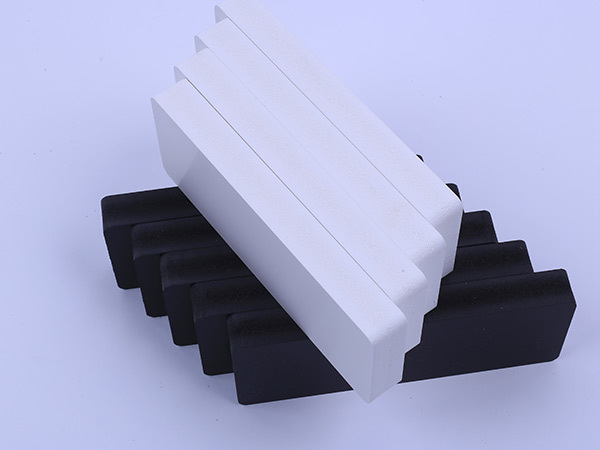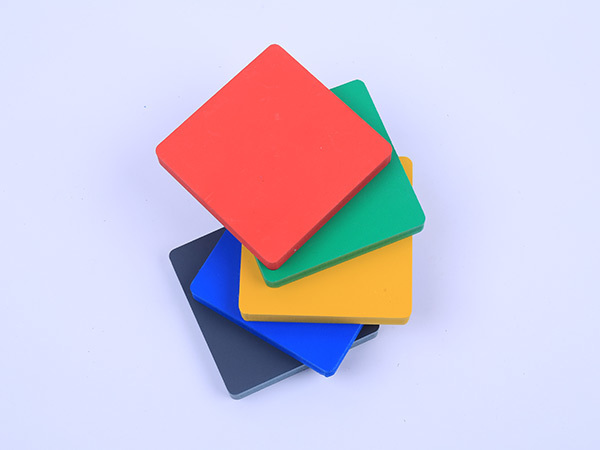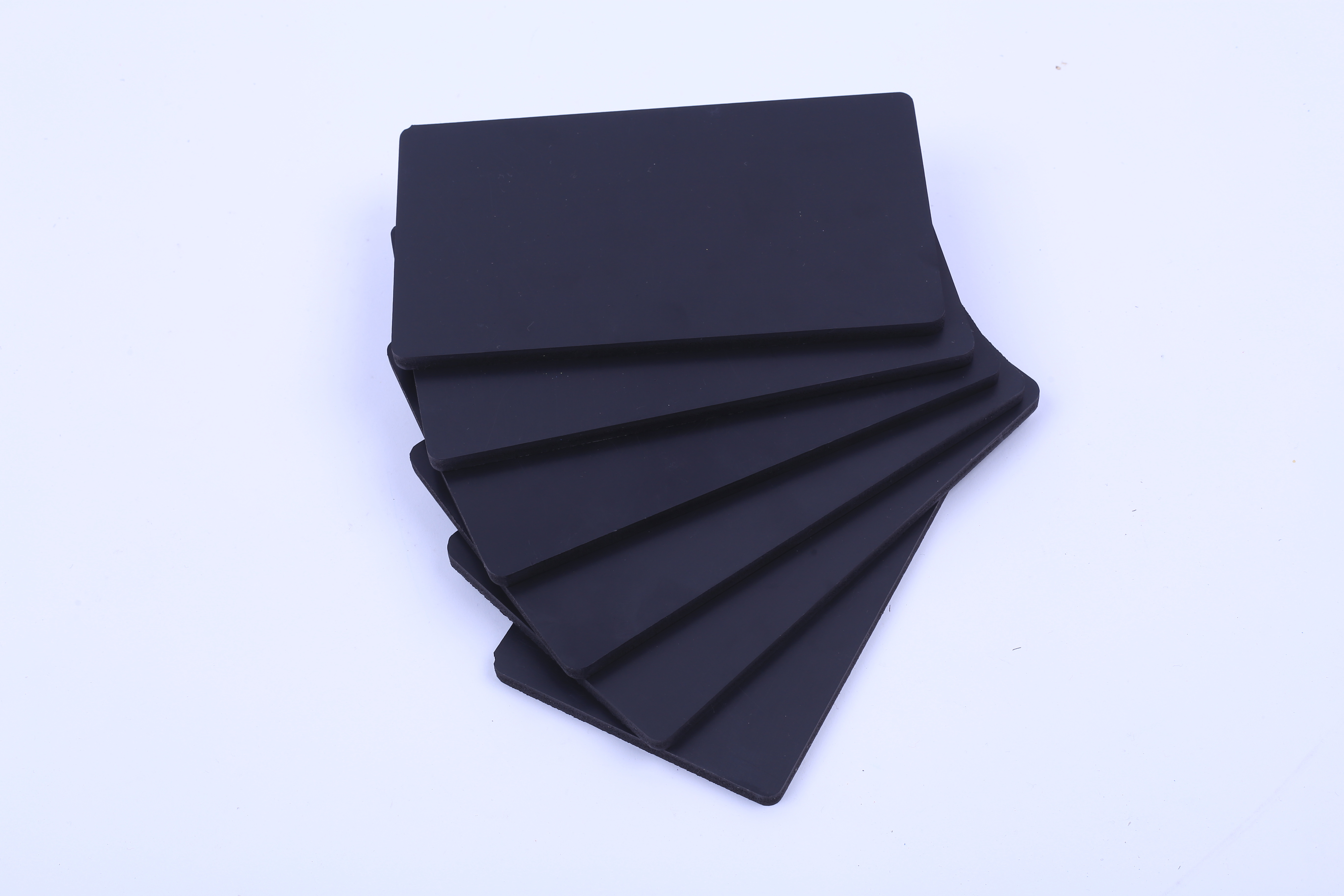PVC co-extruded board
hiddenValue
PRODUCT DETAILS
Product use classification
Advertising
Professional screen printing, exhibition boards, display racks for high-end products, colorful logos and signs.
Transportation industry
Ships, passenger ships, train car body core interior decoration, ceiling, container shockproof, moisture-proof and thermal insulation lining.
building decoration
Decorative panels, sound insulation panels, partition panels, roof insulation panels, heat-resistant kitchen utensils, bath utensils, commercial decorative racks, clean room moisture-proof, walls, fireproof and fire-resistant window frames.
industrial engineering
Moisture-proof, anti-corrosion, environmental protection, special heat preservation, thermoformed parts.
other
Refrigeration, anti-corrosion materials, energy-saving devices, chemical corrosion-resistant, water-resistant formwork, anti-static facilities, seaside moisture-proof facilities, various portable partitions. It has far-reaching significance for promoting the replacement of wood with plastic, gold with plastic, environmental protection, fire safety, and energy conservation.
Product advantages
1. It has the properties of flame retardancy, self-extinguishing when away from fire, heat insulation, smoke elimination, noise reduction, and shock resistance.
2. Anti-steam, dust-proof, waterproof, anti-rust, anti-acid and alkali and other chemical corrosion.
3. The product is opaque. After adding color masterbatch, the product can be made into various colors.
4. According to different formulations, it can be made into various weather-resistant, anti-ultraviolet and other products for different purposes.
5. Light in texture, convenient in storage, transportation and construction, it is a universal material with the most superior performance-price ratio.
6. The surface is matte, with the characteristics of corrosion resistance, moisture resistance, heat preservation, long life, high strength and good weather resistance. It can be thermoformed by secondary processing, and can be nailed, drilled, chiseled, riveted, glued, etc.
Product processing performance
1. Easy to shape and process. Secondary processing such as sawing, nailing, drilling and planing can be carried out with general wood tools.
2. Adhesives can be used to bond directly with other PVC materials.
3. It can carry out secondary thermoforming and surface coating processing.
product specification
Standard size:
915*1830mm
1220*2440mm
1560*3050mm
2050*3050m
Thickness: 0.5-40mm
Color: red, yellow, blue, green, black, etc.
Remarks: Various specifications and colors can be customized and developed according to customer needs to meet various use requirements of customers.
Advantages of PVC wood-plastic building formwork
1. Easy demoulding The concrete does not stick to the mold surface, no need for a mold release agent, easy to demould, and easy to clean.
2. Flat and smooth The splicing of the formwork is tight and smooth, and the aesthetics and smoothness of the surface of the concrete structure after demoulding exceed the technical requirements of the existing clear water formwork, and there is no need for secondary plastering, saving labor, time and materials.
3. Simple construction Wood-plastic formwork is light in weight and strong in process construction. It can be sawed, planed, nailed and other accessories can be freely formed into various geometric shapes to meet the needs of various shapes of building formwork.
4. Diversification of size The specifications and thickness of wood-plastic products can be customized according to the needs of construction projects.
5. Stable and weather-resistant Wood-plastic formwork has high strength, high temperature resistance, low temperature resistance, impact resistance, wear resistance, no deformation, stable size, alkali resistance, corrosion resistance, waterproof and flame retardant during construction.
6. Good maintenance effect When pouring concrete, the wood-plastic formwork does not absorb water, does not deform, is waterproof and flame-retardant, and has a good maintenance effect.
7. Cost reduction The number of turnovers is not less than 30 times, the average cost of use is low, the formwork removal is smooth, and no secondary plastering is required, saving labor and materials.
8. Energy saving and environmental protection Waste templates and leftover materials can all be recycled and remanufactured without polluting waste discharge.
Application range of PVC wood-plastic building formwork
PVC wood-plastic formwork is very suitable for horizontal formwork of high-rise buildings, shear walls, vertical wall panel dams, tunnel and bridge formwork, etc.
Sawing formwork
Wood-plastic formwork is suitable for any saw blade, handsaw, chainsaw, etc. It can be cut into any irregular geometric shape with a chainsaw without any burrs.
Formwork laying standards:
The square logs that are close to the formwork should be laid vertically. The gap between the boards should be as small as possible, and the gap between the boards should be flat. Use self-adhesive tape for seams.
1. Top formwork: lay the formwork wooden square horizontally on the scaffold first. The spacing is 1.2m. Lay wooden squares longitudinally, and the spacing should not exceed 200-300mm. When the pouring thickness exceeds 200mm, the spacing should be appropriately reduced.
2. Wall formwork: Lay square wood longitudinally behind the formwork, with a spacing of 150-200mm. Lay two square timber links horizontally, leave the position of the wall-penetrating screws, set up the diagonal braces, and use steel corrugated connections to form a large wall formwork in the horizontal direction, which can be directly hoisted, and a single formwork can also be replaced.
3. Beam and column formwork: cut out the formwork according to the size, reserve the position for the bolts passing through the wall, and the column formwork can be locked by the four sides of the scaffold, and the diagonal braces can be erected.
Key words: PVC foam board, PVC crust board
RELATED PRODUCTS
ONLINE MESSAGE







